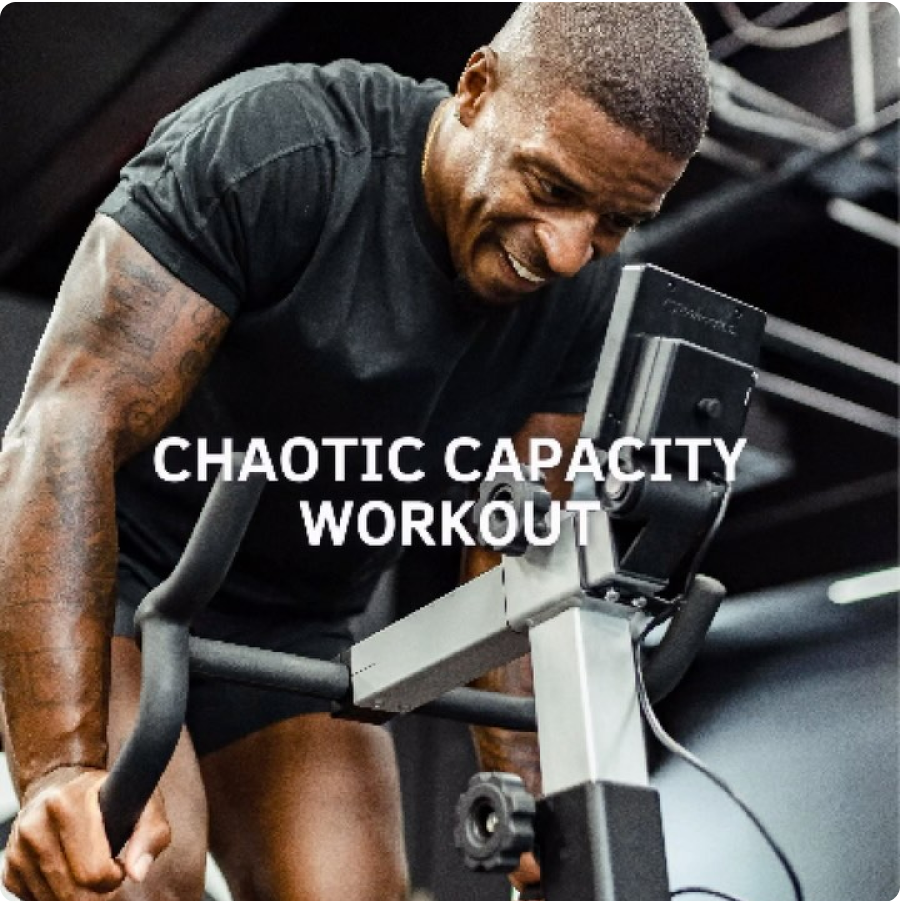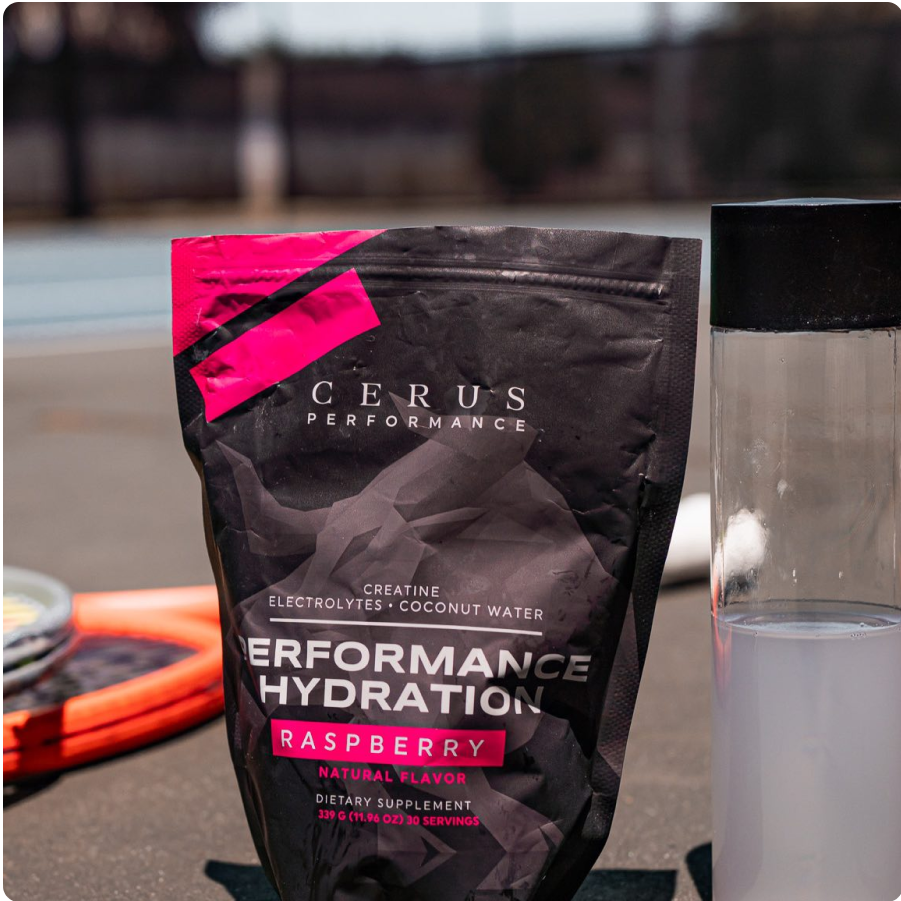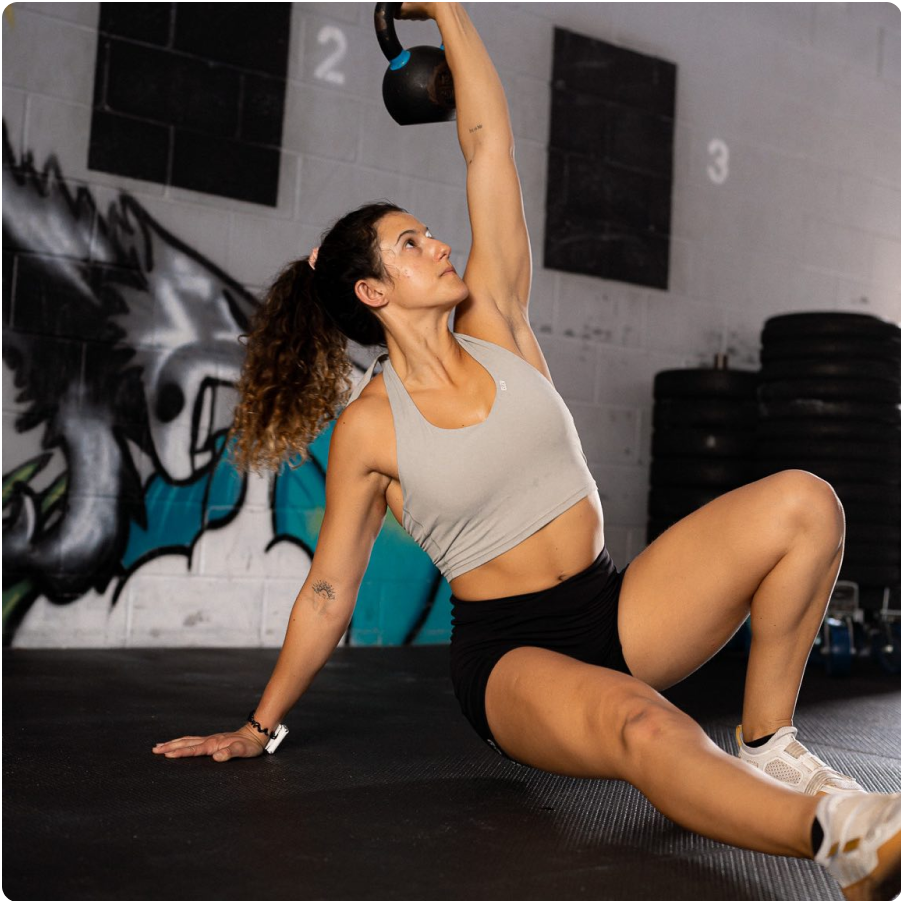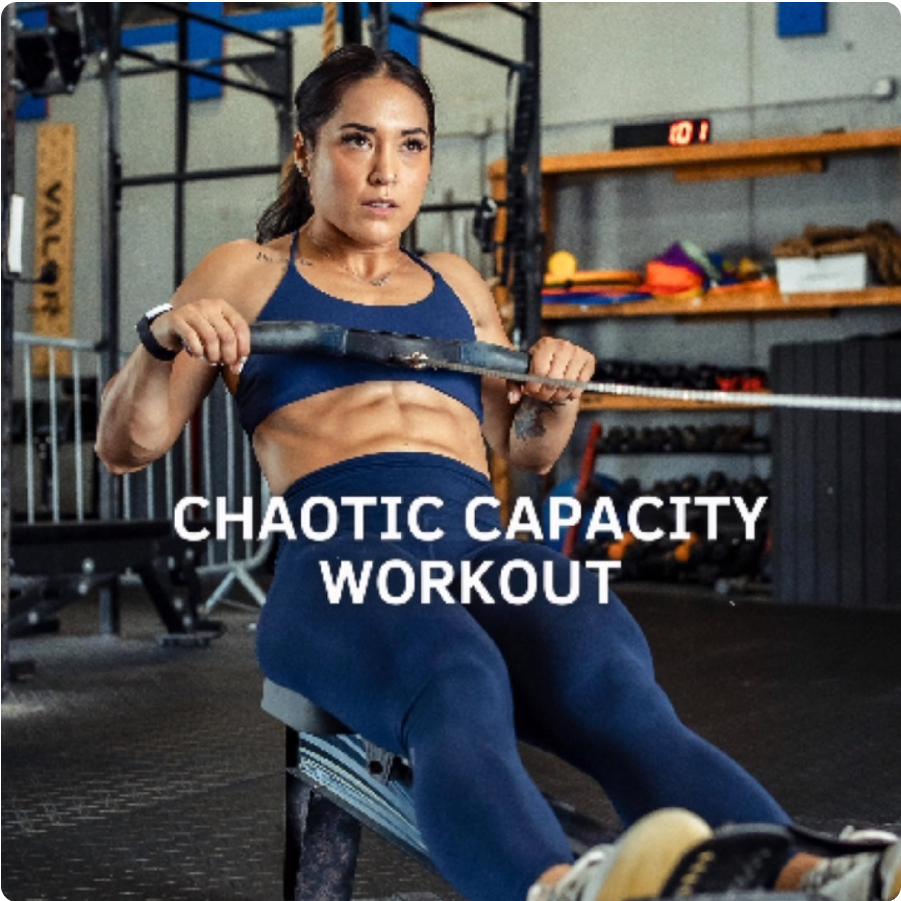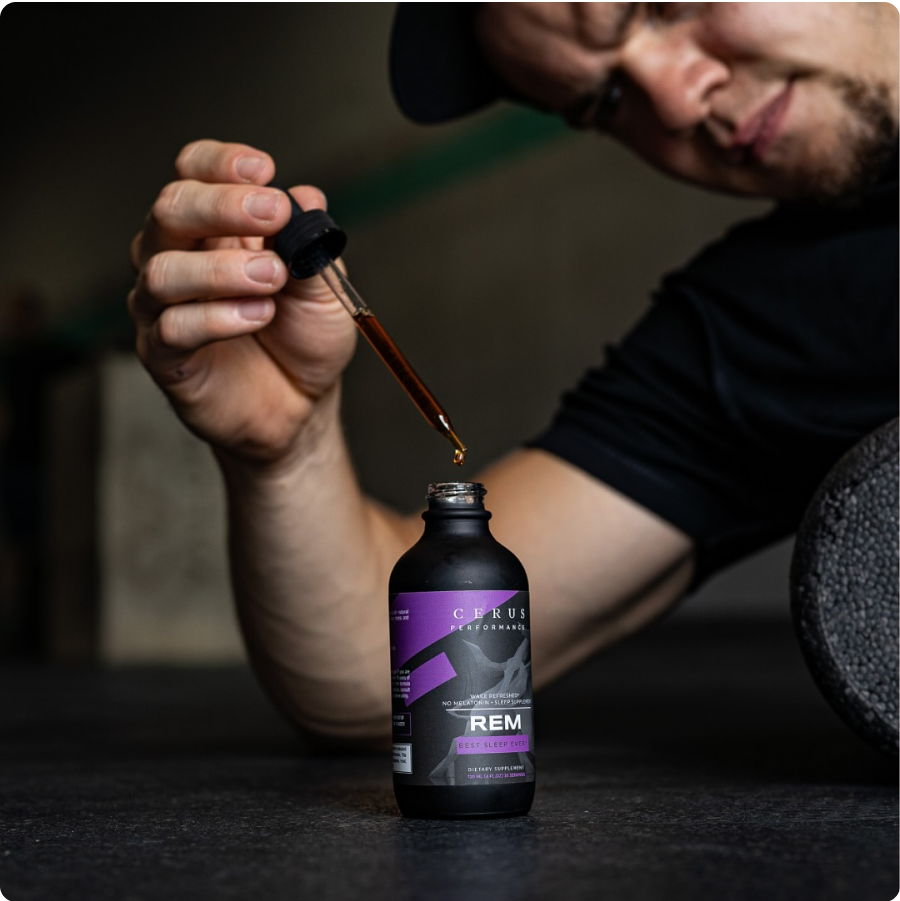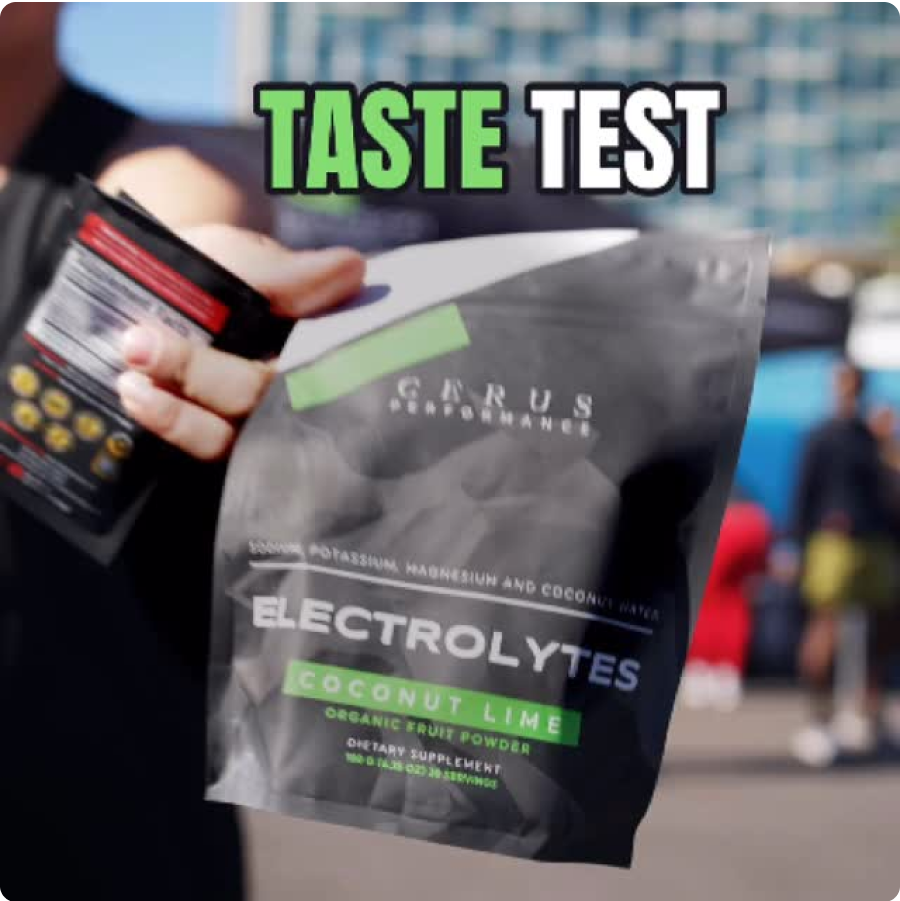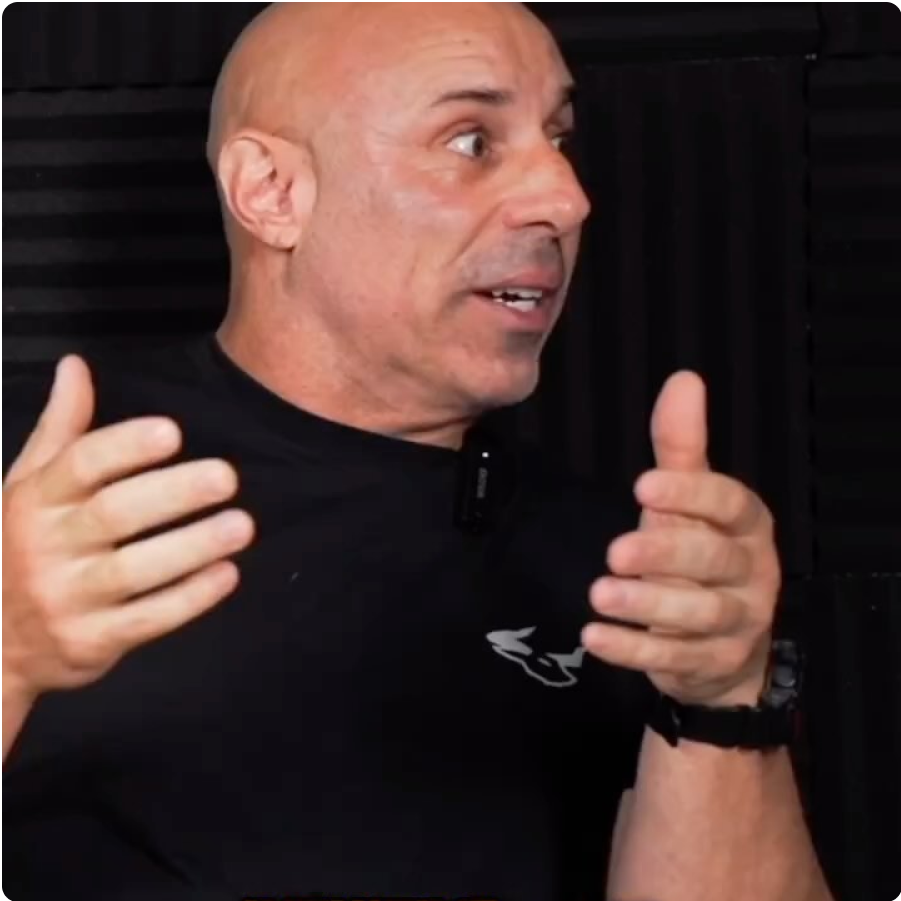8 Signs Your Pre-Workout Is Making You Train Like a Recreational Racquet Player
What Elite Racquet Athletes Discovered About Championship-Level Performance
The shocking truth about why traditional pre-workouts may be sabotaging your path to tournament success
It's the third set, game 5. Your legs feel like concrete. Your reaction time is sluggish. The player across the net—who you dominated in the first set—just broke your serve with a lightning-fast return you couldn't even track.
Same story, different match.
You slammed your pre-workout 45 minutes ago. Felt unstoppable during warm-up rallies. Crushed your serves in the first set. Then your body betrayed you when it mattered most.
While other players maintain their court speed through the final games, you're struggling to reach shots you'd normally put away, watching your tournament goals slip away with every missed opportunity.
This isn't about heart. This isn't about wanting it more.
A comprehensive analysis of elite tennis, pickleball, and padel athletes—from club champions to national tournament competitors—revealed a concerning trend: the vast majority of athletes using traditional pre-workouts may be unknowingly limiting their genetic potential with products engineered for gym workouts, not the demands of explosive racquet sports.
The difference between someone who talks about moving up divisions and someone who actually wins tournaments isn't just practice time or natural talent. It's understanding that your pre-workout may be either unlocking your body's three core performance systems or potentially sabotaging them.
The 8 Death Sentences Hiding in Your Pre-Workout
1. The False Prophet Effect (First Set)
You feel invincible through warm-ups and the opening games, then crater spectacularly. Synthetic caffeine may create artificial neural firing that burns through your ATP reserves in minutes—exactly when racquet sports demand explosive power across multiple sets. You're not building energy; you're borrowing it from your future self at compound interest.
2. Respiratory Chaos Under Load
During intense rallies in tennis, extended pickleball volleys, or fast-paced padel exchanges, your breathing becomes erratic and panicked instead of controlled and rhythmic. Traditional stimulants may spike your heart rate before you've even stepped on the tennis court, pickleball court, or padel court, potentially disrupting the breathing pattern that separates elite players from those who fade in the final set. When you can't control your breath, you can't control your game.
3. The Recovery Dead Zone
Between games in the second set: everyone else is mentally preparing for the next point while you're still catching your breath from the last rally. Artificial stimulants may impair your body's natural lactate clearance and ATP regeneration systems. Your brief rest periods become survival time instead of tactical preparation.
4. Technical Breakdown Under Fatigue
Your footwork becomes sloppy. Your stroke timing falls apart. The jittery energy from synthetic compounds may create "neural noise" that could interfere with the precise hand-eye coordination needed for clean ball striking in tennis, accurate dinking in pickleball, or precise wall play in padel when your heart rate is elevated and pressure is mounting.
5. The Performance Lottery Effect
Some matches you play lights-out tennis, execute perfect pickleball strategy, or dominate padel rallies, others you can barely keep the ball in play. This randomness may stem from your nervous system being either overstimulated or crashed from previous sessions. Elite tennis, pickleball, and padel players are elite because they can reproduce their performance on demand—something that could be impossible when you're riding artificial stimulation waves.
6. The Extended Stress Cascade
Post-match, you're wired but exhausted. Your sleep quality suffers. Tomorrow's practice starts before you've recovered from today's session. Synthetic pre-workouts may trigger a cortisol response that can take hours to clear—meaning each match could potentially impact your next one.
7. Mid-Match Digestive Shutdown
Nothing kills a breakthrough performance like cramps during a crucial tie-break. Traditional formulas contain compounds that may be poorly absorbed, potentially forcing your body to divert blood from working muscles to your digestive system—exactly when you need every available resource going to explosive movement and precision.
8. The Adaptation Ceiling
Despite logging consistent court time and following perfect training protocols, your ranking has plateaued and your match results won't improve. When your energy systems may be constantly overstimulated rather than optimally supported, your body could lose its ability to adapt efficiently to tennis serves, pickleball quick exchanges, and padel's unique explosive demands.
The Hidden Truth: What Elite Racquet Athletes Actually Do
While most tennis, pickleball, and padel players chase the next stimulant hit, elite-level performers have quietly moved to a completely different approach. They don't just train harder—they've unlocked something most athletes never discover: the three biological systems that actually determine performance ceiling.
SYSTEM 1: Respiratory Efficiency Elite tennis players don't just have better cardio—they have smarter breathing. They've mastered the breathing rhythm that allows for optimal oxygen delivery while maintaining explosive power during intense baseline rallies, quick pickleball net exchanges, or extended padel points. This isn't about lung capacity; it's about respiratory control when tennis points extend beyond 20 shots, pickleball games reach 11-9, or padel rallies involve multiple wall plays.
SYSTEM 2: Cardiovascular Adaptability The best tennis, pickleball, and padel players don't just have strong hearts—they have intelligent hearts that can rapidly shift between explosive anaerobic efforts and brief aerobic recovery without redlining. They maintain controlled heart rate transitions from tennis power serves to defensive scrambling, from pickleball dinking to sudden attacks, or from padel wall play to aggressive net finishes, allowing for sustained performance across multiple sets.
SYSTEM 3: Neural Optimization Elite tennis, pickleball, and padel athletes maintain perfect hand-eye coordination and tactical awareness under extreme fatigue because their nervous systems aren't overstimulated—they're optimized. They maintain stroke precision in tennis, paddle control in pickleball, court positioning in padel, and strategic thinking when others make unforced errors in crucial moments.
These three systems are what separate players who compete locally from those who dominate tournaments and climb rankings.
The Breakthrough: How Flow Unlocks Your Genetic Ceiling
After analyzing the nutrition strategies of elite tennis, pickleball, and padel athletes and consulting with leading sports physiologists, we discovered something remarkable: the best performers weren't using pre-workouts at all in the traditional sense.
Instead, they were strategically supporting their body's three core performance systems with precise combinations of organic compounds that enhance rather than overstimulate natural function.
Flow represents the first pre-workout engineered specifically for the three-system optimization that tennis, pickleball, and padel demand:
Respiratory Revolution
Organic Peppermint Oil doesn't just open airways—it may fundamentally enhance breathing efficiency and rhythm control. Tennis, pickleball, and padel athletes describe feeling like they've "unlocked an extra gear in their oxygen system," potentially allowing them to maintain controlled breathing patterns even during extended baseline rallies, intense pickleball volleys, or rapid padel exchanges. This isn't placebo—it could be measurable improvement in oxygen utilization and point-to-point recovery.
Cardiovascular Intelligence
Organic Arjuna Bark has been suggested in studies to potentially increase VO₂ max while providing the dual heart-lung support that Ayurvedic practitioners have relied on for centuries. This ancient compound may enhance your heart's ability to handle the demanding cardiovascular transitions of tennis—from explosive serves to sustained baseline rallies, pickleball's quick directional changes, or padel's unique combination of power and finesse—without redlining.
Organic Beetroot Extract may boost nitric oxide for enhanced blood flow and oxygen delivery, potentially ensuring your cardiovascular system can efficiently support both the explosive power needed for tennis serves and volleys, pickleball quick reactions, padel smashes, and the endurance required for long multi-set matches.
Organic Cayenne Pepper may optimize circulation patterns throughout your entire cardiovascular network, potentially ensuring nutrients reach all working muscle groups faster while metabolic waste clears more efficiently. This could mean maintaining first-set power and precision through the final point.
Neural Mastery
Organic Ashwagandha is the game-changer that most racquet players never discover. While traditional pre-workouts may overstimulate your nervous system into chaos, Ashwagandha could actually reduce cortisol and enhance stress resilience. The potential result? Better hand-eye coordination under pressure in tennis, improved paddle control in pickleball, enhanced court awareness in padel, improved recovery between points, and the mental clarity to execute your game plan when the match is on the line.
The Stimulant-Free Advantage
Flow may achieve what no traditional pre-workout can: enhanced performance without nervous system debt. No artificial energy spikes. No crashes. No borrowed power from future sessions. Just your body's natural performance systems potentially operating at their genetic ceiling, match after match.
The Compound Effect: Performance That Builds on Itself
Unlike traditional pre-workouts that create peaks and valleys, Flow's organic system optimization may create an upward performance spiral. Each training session could enhance the next because you're supporting rather than depleting your body's core systems.
Elite tennis, pickleball, and padel athletes using Flow report:
- Maintaining explosive power and precision through entire matches
- Controlled breathing patterns even during extended rallies
- Dramatically faster recovery between points and games
- Enhanced hand-eye coordination and tactical awareness under pressure
- Consistent performance regardless of match length or conditions
- Improved sleep quality and next-day training readiness
- Progressive improvements in ranking and tournament results
The Cost of Continuing Down the Wrong Path
Every day you rely on synthetic stimulation could be another day your natural performance systems become more dependent on artificial enhancement. Elite tennis, pickleball, and padel athletes understand something most never learn: peak performance isn't about borrowing energy from tomorrow—it's about unlocking the genetic potential that's already there.
The players who win tournaments, climb rankings, and compete at higher levels may not just be training smarter—they could be fueling their three core performance systems in a way that compounds over time rather than depletes them.
"I thought I needed more intensity. Turns out I needed smarter support. My match consistency improved dramatically and I moved up two ranking positions just from better endurance and mental clarity." — Marcus Chen
"Flow doesn't make you feel different—it makes you perform different. I maintain the same serve speed and accuracy in the third set that I had in the first." — Sarah Rodriguez
"Finally, a pre-workout that understands tennis, pickleball, and padel aren't about surviving matches—it's about dominating them consistently." — Coach Dave Wilson

